Regulatory Compliance
Regulatory frameworks governing safety and environmental standards are increasingly influencing the Crane Market. Stricter regulations require construction companies to utilize cranes that meet specific safety criteria, thereby driving demand for compliant equipment. For instance, the Occupational Safety and Health Administration (OSHA) has established guidelines that necessitate regular inspections and maintenance of cranes, compelling operators to invest in newer models that adhere to these standards. This regulatory landscape not only ensures worker safety but also promotes the use of advanced crane technologies that minimize environmental impact. As a result, the Crane Market is likely to see a surge in demand for cranes that comply with these regulations, fostering a safer and more sustainable construction environment.
Focus on Sustainability
The Crane Market is increasingly influenced by the global focus on sustainability and environmental responsibility. Construction companies are under pressure to adopt eco-friendly practices, leading to a growing demand for cranes that are energy-efficient and produce lower emissions. The rise of electric and hybrid cranes is a testament to this trend, as they offer a more sustainable alternative to traditional diesel-powered models. Furthermore, many companies are implementing green building practices, which often require specialized cranes for efficient material handling. This shift towards sustainability is not only beneficial for the environment but also aligns with the preferences of clients who prioritize eco-friendly construction methods. As a result, the Crane Market is likely to see a continued emphasis on sustainable practices, driving innovation and demand for greener crane solutions.
Technological Innovations
Technological advancements play a crucial role in shaping the Crane Market. Innovations such as telematics, automation, and advanced control systems enhance the efficiency and safety of crane operations. For example, the integration of IoT technology allows for real-time monitoring of crane performance, which can lead to reduced downtime and improved maintenance schedules. Furthermore, the introduction of electric and hybrid cranes is gaining traction, aligning with the industry's shift towards sustainability. As these technologies evolve, they are expected to drive the demand for modern cranes, with the market projected to reach a valuation of over 40 billion by 2026. This trend indicates a significant transformation in the Crane Market, as companies adopt smarter and more efficient lifting solutions.
Infrastructure Development
The ongoing expansion of infrastructure projects worldwide is a primary driver for the Crane Market. Governments and private entities are investing heavily in the construction of roads, bridges, and buildings, which necessitates the use of cranes for efficient material handling and lifting. For instance, the construction sector is projected to grow at a compound annual growth rate of approximately 5.5%, indicating a robust demand for cranes. This growth is further fueled by urbanization trends, as more people migrate to cities, necessitating the development of residential and commercial spaces. Consequently, the Crane Market is likely to experience increased demand as construction companies seek advanced lifting solutions to meet project timelines and safety standards.
Rising Demand in Emerging Markets
Emerging markets are witnessing a surge in construction activities, which is significantly impacting the Crane Market. Countries in Asia and Africa are experiencing rapid urbanization and industrialization, leading to increased investments in infrastructure projects. For instance, the Asian Development Bank has projected that Asia alone will require approximately 26 trillion in infrastructure investments by 2030. This demand is likely to drive the need for cranes, as construction companies seek reliable lifting solutions to support large-scale projects. Additionally, the growing middle class in these regions is contributing to the demand for residential and commercial buildings, further propelling the Crane Market. As these markets continue to develop, the demand for cranes is expected to rise correspondingly.
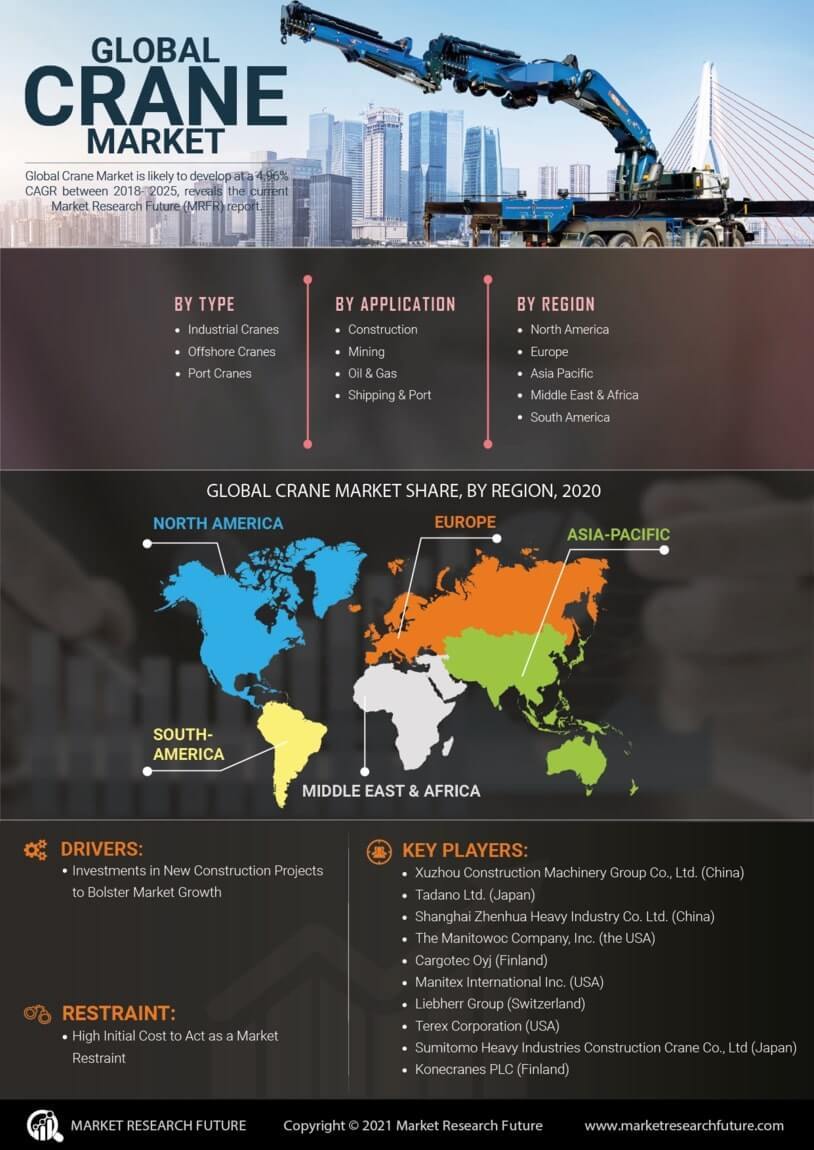

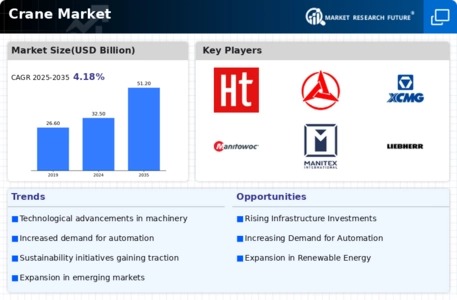
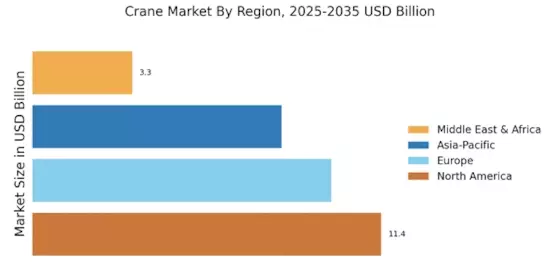


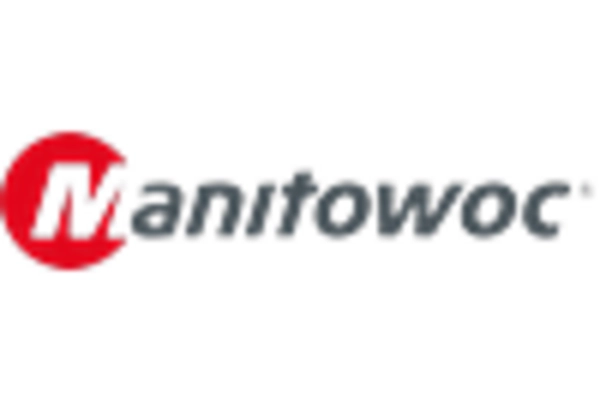
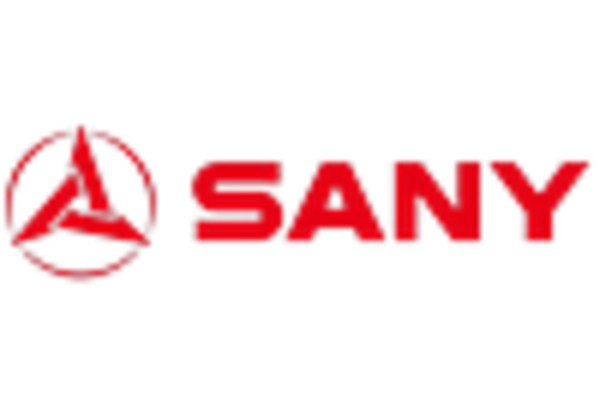










Leave a Comment